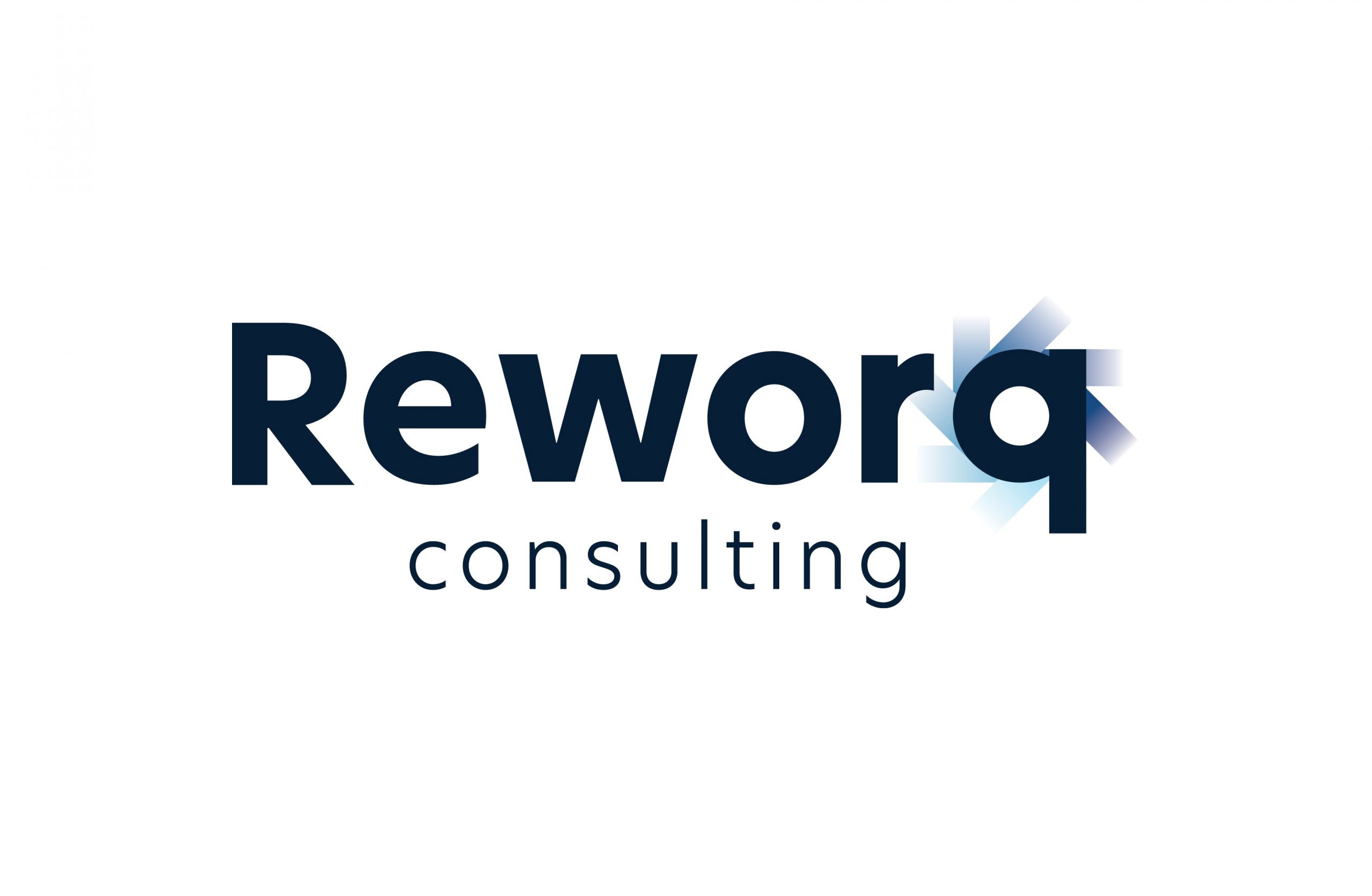Change Management is not a one size-fits-all approach, but its methodology is about reaching the ultimate target of achieving better business results. The factors leading to change may differ amongst organisations, but nonetheless the core principles of Change Management remain the same. A consistent Change Management Process helps to minimise the negative impact of change on your organisation and employees.
Now, businesses are being forced to adapt to changing market demands and therefore strive for continuous improvement in their business operations. An organisation’s agility and ability to change provides an incomparable competitive advantage, but, detrimentally, change doesn’t always come easy to everyone.
Change is never easy, but how we approach it makes a significant difference to whether its principles are either accepted or rejected. Even though each organisation, structure, and context are different, it is the human behaviour that dictates the building “buy-in” which requires emotional connection, commitment, time, and positive reinforcement.
All organisations experience change, whether caused by innovative technology implementations, operational improvements, legal and compliance initiatives, restructuring, or market conditions, etc. But this isn’t necessarily about change being a negative experience — in fact, change can be a positive influence since it is often necessary for growth and profitability.
Perhaps the better question to ask – Is change a communication, process, or culture problem?
14 Key Steps in the Change Management Process

The unique needs to the Change Management approach by your organisation are outlined in the fourteen (14) steps below:
1. Identify the requirement for change
With completing your preliminary research, the essential first step in the Change Management Process is to identify precisely what needs to be changed. It is time to build a plan to make that change, if the perception can be answered by the following questions:
- Are they critical enough to your business v. the time and effort to make changes?
- Will there be a Return On Investment (ROI), productivity boosts, or other benefits?
- What is the actual goal of the organisational change? Is it reactive or proactive?
- What will the end-state of your change look like when you achieve success?
2. Prepare for change
Your people are the most important part of your organisation! The individuals or team members need to both understand and be supportive of the reason(s) for your change implementation. By introducing the changes to them appropriately and including team members in your process, they do not feel blindsided by new methods but feel involved and excited to change.
It is critically important that your Executive Team, Managers, and key stakeholders throughout your organisation have a clear understanding of your vision for change, so they can communicate the benefits to their teams. Your Communication Plan helps to ensure that every member of your organisation feels valued by increasing your employee’s morale.
3. Plan and identify how change will affect the organisation
Throughout all stages of your Change Management, a unified approach is about striving for better communication and towards a common goal at every level of your organisation. Communicate with your employees through every step of the Change Management Process to obtain their insight and constructive feedback. Explain why the change is necessary and what you expect the successful outcomes of change will bring to your organisation.
A Roadmap outlines the start, the path ahead, and the final goal of the change process. It should include the scope, costs, resources required, and also the training, equipment, infrastructure, or IT systems. The reason it is important is that it demonstrates that the change process is undertaken in steps and milestones, which helps avoid the temptation to take shortcuts to achieve the final goal(s).
4. Identify process champions to help with buy-in
Support from everyone within your organisation is invaluable, but key personnel (or Process Champions) will ultimately lead the Change Management Process in different areas. Your Process Champions will help co-ordinate change activities at micro-levels. It is vitally important to set aside the appropriate time to discuss with your Process Champions about the change project, by outlining their responsibilities and priorities.
5. Identify key stakeholders to commit with buy-in
Whilst your employees’ input throughout the Change Management Process, is equally important, your key stakeholders must be involved. If your stakeholders do NOT support the end goals for your change initiatives, it will be extremely difficult to obtain their overall support and your Change Management Process will fail.
6. Build the Business Case
Define, scope, and execute a solid Business Case for the change, and then sell the vision to your decision makers!
The development of a Business Case must consider the diverse needs of all stakeholders from your Executive Team, Managers, Change Champions, Project Team members and the individuals tasked with explicitly implementing the new processes. Each group of stakeholders have different expectations and so naturally your message delivery must be tailored to their specific goals, for them to be motivated and have genuine “buy-in”.
Once you can demonstrate your Return-On-Investment (ROI), then provide the Business Case for Executive Team approval.
7. Create the Communication Plan
Effective communication should form the pillar of effective Change Management. People are particularly reluctant to change and so it is vital that clear (and open) lines of communication are established at all stages of the change process. With transparent two-way communication means that all stakeholders have a genuine purpose to identify – What is working? What is not working? – and enables them to be proactive, responsive, and readily try innovative approaches.
8. Establish new benchmarks (KPI’s and reporting)
This is one of the most challenging steps of an organisational Change Management Process.
An underutilised criteria of Change Management is data gathering and analysis because without setting appropriate benchmarks, it is NOT possible to measure progress. That is why it’s important to establish measurable targets so that progress can be tracked towards milestones (and goals).
Having clear benchmarks and progress tracking enables meaningful reports, which helps maintain change momentum and communicate to stakeholders how the process is progressing.
Identity your core KPI’s and how to measure
- Define Key Performance Indicators (KPI’s) that will determine progress towards your goal.
- Each KPI (specific) must tie into your overarching goal and desired end state.
- Determine whether you can measure (or not) each KPI.
- Establish KPI’s (only) what you want to measure for progress.
- Design a specific plan for exactly how you are going to measure each KPI.
Translate identified KPI’s into individual departments (and teams)
- Recognise that departments and individual teams need to manage their own progress.
- Set and create Key Performance Indicators (KPI’s) for driving process improvement.
- Adopting a Business Intelligence (BI) platform that gives visibility, management, reporting, and Dashboard capabilities across the organisation.
9. Identify and remove roadblocks
When analysing areas of your organisation that require improvement, you should also identify any roadblocks that could prevent the Project Team from achieving your goals. For your Project Team to function optimally, use the change advocate that you have identified to eliminate obstacles so you can maintain momentum but also streamline the process.
10. Set goals and milestones
Any identified goals for your organisation must be strategic and measurable by Key Performance Indicators (KPI’s) that you determine early in the process. Structured goal-setting methodologies help to manage and achieve your vision, by creating goals that are easy to understand, universally applicable, and easily measured.
S – Specific
- Specific goals clarify exactly where you are going, with an implication of how to get there.
- Answers two (2) key questions to address what needs changing – How? & Why?
M – Measurable
- Measurable goals provide information the progress towards their achievement.
- Think about what data analytics or reporting insights you can use to measure progress and how to achieve your goal.
A – Attainable/Achievable
- Attainable / Achievable goals boost morale and energise your Project Team.
- Find the balance between an ‘easy’ goal you can achieve right now and a ‘future’ goal that will motivate improvements.
R – Relevant
- Relevant goals should offer solutions to the issue that the Change Team is to resolve.
- Evaluate why you want to meet this goal and how relevant it may be to your organisation’s operations / objectives.
T – Timely
- Timely deadlines add urgency to projects and ensure they are completed within a reasonable amount of time.
- Reasonable timelines (?) make your goals more attainable.
- Set an end date (and other milestone timeframes) for your goal.
SMART Goals are just one (1) example to help determine structure for organisational change. Review additional evaluative systems and your selection criteria is based on what works best for your business model. Then, take a ‘deep dive’ into every function, identify, and plan where improvements are needed.
11. Identify and embed changes in training and culture
Your organisational goals can only be attainable by ensuring certain factors are identified and included within your Change Management Process:
Training
- Change means adjustments to your employee’s workflow, day-to-day activities, and so training will need to be implemented.
- Create a Training Plan to identify and scope your training deficiencies, since the successful outcome instils confidence in your employee’s work ethics and values.
Coaching
- For the change proponents that have identified, your change agents will need coaching (including training) to be implemented, so they can appropriately train your employee’s.
Communication
- Communication is critically important for change objectives and features in every step of the Change Management Process.
- Schedule regular team meetings and appoint a primary point of contact (and additional) for any questions and concerns.
Sponsorship
- If your changes require key resources, obtain sponsorship (from Executive Team) to help provide the necessary budget funding.
Resistance Management
- It takes time for all your team members to get on board with new change objectives. Ensure Change Management Tools are in place for managing resistance quickly, reset your plan, and then back to achieving your goals quickly.
12. Time now to implement your Change Plan
Now that all the preliminary work has been completed, then it is time to implement your Change Plan. Focus on the strategic imperatives – execution, accountability, ways to simplify the process and separate into actionable phases. The purpose is to create the simplest process since this helps explain your ideas clearly, increases uptake, and increases your chances for success.
13. Celebrate your wins (quick, big, or visible!)
All meaningful change processes involve frustration, setbacks, and challenges. That is why it is so important to celebrate the wins (and each milestone) to maintain your momentum on the adoption of the Change Management Process. By ensuring that teams and individuals responsible for delivering on each milestone are recognised for their efforts, this not only helps with morale but progresses “culture” within an organisation.
14. Analyse your results and improve continuously
Change Management is an iterative or ongoing process and therefore, should be subject to continuous inspection.
The first step is just completing your Change Management Process. By reviewing your current business processes continuously for improvement, this will identify potential roadblocks that may arise from the new system that has just being implemented. Your strategies will require adjustment during this process and the best approaches will be incorporated into future projects.
- Do not become complacent after you have achieved your change objective, as there is more work to be done.
- Evaluate your project goals (outcome) with key stakeholders to determine what process items can be improved.
- Conduct your project Post Implement Review (PIR), which can help your Executive Team understand what needs to be changed or learnings to implement for future projects.
- Make sure to constantly ask questions, by using those questions to drive an AGILE “inspect and adapt” mentality about the change.
- Establish an ongoing requirement for measurement and analysis of processes to understand success principles.
- Incorporate the change you have achieved in your organisational culture (for uniform consistency) across the entire organisation.
Summary
To create sustainable change, you must build “buy-in” from across the organisation.
In today’s ever changing business environment, the ever-looming presence of change is pretty much the only constant. The major problem is that no individual likes change!
However, Change Management is also a human constant and a behaviour to deliver an expected result. Organisations do not have to change—people must change! And that singular viewpoint is what defines Change Management.
With learning how to anticipate and implement Change Management effectively, organisations and their Executive Teams must explore alternatives to overcome their employees’ natural aversion to change. Without your Executive Team conducting an initial baseline assessment of the change, identify the existing barriers to change, and mitigate these barriers to change, then it is likely that your change initiative will fail.
Because the first step in managing change effectively is to understand what change is, where it comes from, and then make the decision to change. An organisation’s Executive Team needs to recognise business problems as they occur and then adjust their processes accordingly. By initiating and deploying their own Change Management skills, this makes for an easier process to integrate change throughout their organisation.
Need some guidance on your next steps? Let’s start a conversation…



